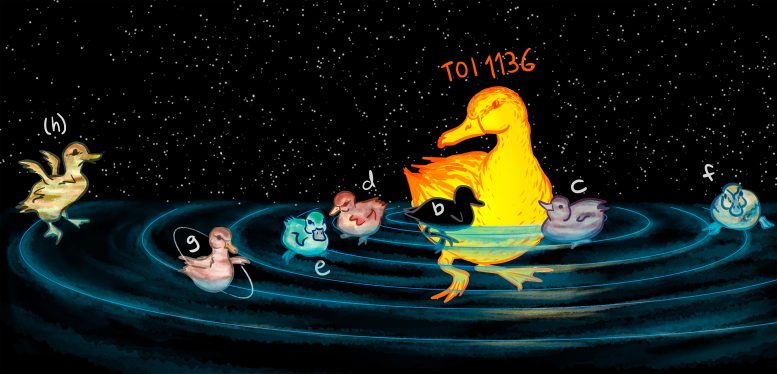
An amusing rendition of the TOI-1136 system if each body in the system were a duck or duckling. Credit: Rae Holcomb/UCI
Researchers have unveiled a solar system with up to seven exoplanets around TOI-1136, employing advanced methodologies for precise measurements of their characteristics, which could significantly influence theories on planet formation.
A recently discovered solar system with six confirmed exoplanets and a possible seventh is boosting astronomers’ knowledge of planet formation and evolution. Relying on a globe-spanning arsenal of observatories and instruments, a team led by researchers at the University of California, Irvine has compiled the most precise measurements yet of the exoplanets’ masses, orbital properties, and atmospheric characteristics.
In a paper published on January 29 in The Astronomical Journal, the researchers share the results of the TESS-Keck Survey, providing a thorough description of the exoplanets orbiting TOI-1136, a dwarf star in the Milky Way galaxy more than 270 light-years from Earth. The study is a follow-up to the team’s initial observation of the star and exoplanets in 2019 using data from the NASA’s Transiting Exoplanet Survey Satellite (TESS). That project provided the first estimate of the exoplanets’ masses by clocking transit timing variations, a measure of the gravitational pull that orbiting planets exert on one another.
Advanced Techniques for Exoplanet Analysis
For the most recent study, the researchers joined TTV data with a radial velocity analysis of the star. Using the Automated Planet Finder telescope at the Lick Observatory on California’s Mount Hamilton and the High-Resolution Echelle Spectrometer at the W.M. Keck Observatory on Hawaii’s Mauna Kea, they could detect slight variations in stellar motion via the redshift and blueshift of the Doppler effect – which helped them determine planetary mass readings of unprecedented precision.
To obtain such exact information on the planets in this solar system, the team built computer models using hundreds of radial velocity measurements layered over TTV data. Lead author Corey Beard, a UCI Ph.D. candidate in physics, said that combining these two types of readings yielded more knowledge about the system than ever before.
“It took a lot of trial and error, but we were really happy with our results after developing one of the most complicated planetary system models in exoplanet literature to date,” Beard said.
Insights and Future Research Directions
The large number of planets is one factor that inspired the astronomy team to conduct further research, according to co-author Paul Robertson, UCI associate professor of physics & astronomy.
“We viewed TOI-1136 as being highly advantageous from a research standpoint, because when a system has multiple exoplanets, we can control for the effects of planet evolution that depend on the host star, and that helps us focus on individual physical mechanisms that led to these planets having the properties that they do,” he said.
Robertson added that when astronomers try to compare planets in separate solar systems, there are many variables that can differ based on the distinct properties of the stars and their locations in disparate parts of the galaxy. He said that looking at exoplanets in the same system enables the study of planets that have experienced a similar history.
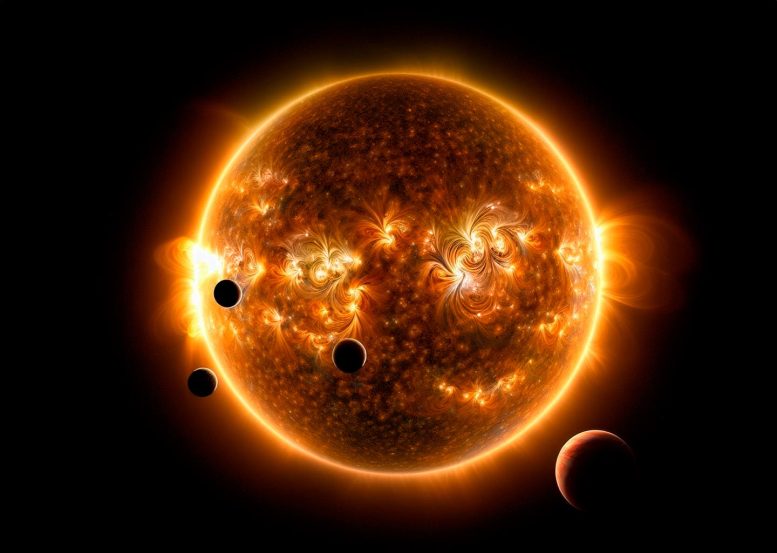
Artist rendering of the TOI-1136 system and its young star flaring. Credit: Rae Holcomb/Paul Robertson/UCI
By stellar standards, TOI-1136 is young, a mere 700 million years old, another feature that has attracted exoplanet hunters. Robertson said that juvenile stars are both “difficult and special” to work with because they’re so active. Magnetism, sunspots and solar flares are more prevalent and intense during this stage of a star’s development, and the resulting radiation blasts and sculpts planets, affecting their atmospheres.
TOI-1136’s confirmed exoplanets, TOI-1136 b through TOI-1136 g, are categorized as “sub-Neptunes” by the experts. Robertson said the smallest one is more than twice the radius of Earth, and others are up to four times Earth’s radius, comparable to the sizes of Uranus and Neptune.
All these planets orbit TOI-1136 in less than the 88 days it takes Mercury to go around Earth’s sun, according to the study. “We’re packing an entire solar system into a region around the star so small that our entire planetary system here would be outside of it,” Robertson said.
“They’re weird planets to us because we don’t have anything exactly like them in our solar system,” said co-author Rae Holcomb, a UCI Ph.D. candidate in physics. “But the more we study other planet systems, it seems like they may be the most common type of planet in the galaxy.”
Another odd component to this solar system is the possible yet unconfirmed presence of a seventh planet. The researchers have detected some evidence of another resonant force in the system. Robertson explained that when planets are orbiting close to one another, they can pull on each other gravitationally.
“When you hear a chord played on a piano and it sounds good to you, it’s because there is resonance, or even spacing, between the notes that you’re hearing,” he said. “The orbital periods of these planets are spaced similarly. When the exoplanets are in resonance, the tugs are in the same direction every time. This can have a destabilizing effect, or in special cases, it can serve to make the orbits more stable.”
Robertson noted that far from answering all his team’s questions about the exoplanets in this system, the survey has made the researchers want to pursue additional knowledge, particularly about the composition of planetary atmospheres. That line of inquiry would be best approached through the advanced spectroscopy capabilities of NASA’s James Webb Space Telescope, he said.
“I am proud that both UCO’s Lick Observatory and the Keck Observatories were involved in the characterization of a really important system,” said Matthew Shetrone, deputy director of UC Observatories. “Having so many moderate-sized planets in the same system really lets us test formation scenarios. I really want to know more about these planets! Might we find a molten rock world, a water world and an ice world all in the same solar system? It almost feels like science fiction.”
For more on this research, see Exoplanets Discovered Around a New Star Reveal Secrets of Planet Formation.
Reference: “The TESS-Keck Survey. XVII. Precise Mass Measurements in a Young, High-multiplicity Transiting Planet System Using Radial Velocities and Transit Timing Variations” by Corey Beard, Paul Robertson, Fei Dai, Rae Holcomb, Jack Lubin, Joseph M. Akana Murphy, Natalie M. Batalha, Sarah Blunt, Ian Crossfield, Courtney Dressing, Benjamin Fulton, Andrew W. Howard, Dan Huber, Howard Isaacson, Stephen R. Kane, Grzegorz Nowak, Erik A Petigura, Arpita Roy, Ryan A. Rubenzahl, Lauren M. Weiss, Rafael Barrena, Aida Behmard, Casey L. Brinkman, Ilaria Carleo, Ashley Chontos, Paul A. Dalba, Tara Fetherolf, Steven Giacalone, Michelle L. Hill, Kiyoe Kawauchi, Judith Korth, Rafael Luque, Mason G. MacDougall, Andrew W. Mayo, Teo Močnik, Giuseppe Morello, Felipe Murgas, Jaume Orell-Miquel, Enric Palle, Alex S. Polanski, Malena Rice, Nicholas Scarsdale, Dakotah Tyler and Judah Van Zandt, 29 January 2024, The Astronomical Journal.
DOI: 10.3847/1538-3881/ad1330
Joining Robertson and Beard on this study were researchers from Spain’s Astrophysics Institute of the Canary Islands; the California Institute of Technology; Sweden’s Chalmers University of Technology; Maryland’s Johns Hopkins University; Spain’s University of La Laguna; Sweden’s Lund University; Poland’s Nicolaus Copernicus University; New Jersey’s Princeton University; Japan’s Ritsumeikan University; California’s SETI Institute; Maryland’s Space Telescope Science Institute; the University of California, Santa Cruz; the University of California, Berkeley; the University of California, Los Angeles; the University of California, Riverside; the University of Hawaii; the University of Chicago; the University of Kansas; Indiana’s University of Notre Dame; Australia’s University of Southern Queensland; and Connecticut’s Yale University. Funding was provided by the W.M. Keck Foundation, NASA and the National Science Foundation.





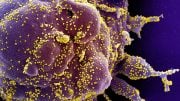
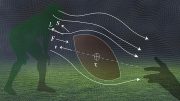

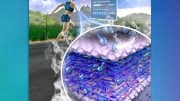
Be the first to comment on "Exoplanet Evolution Unveiled in a Distant Solar System"